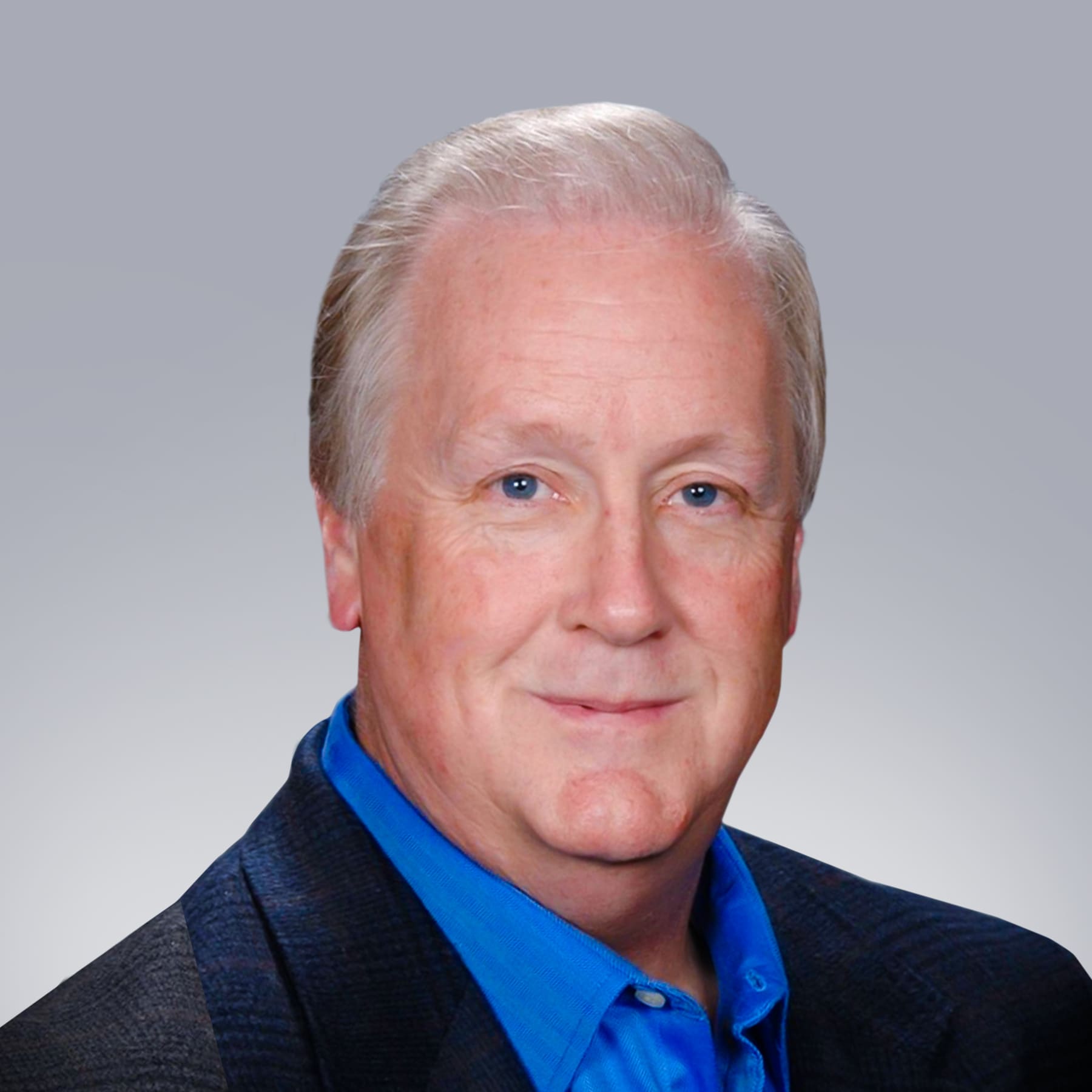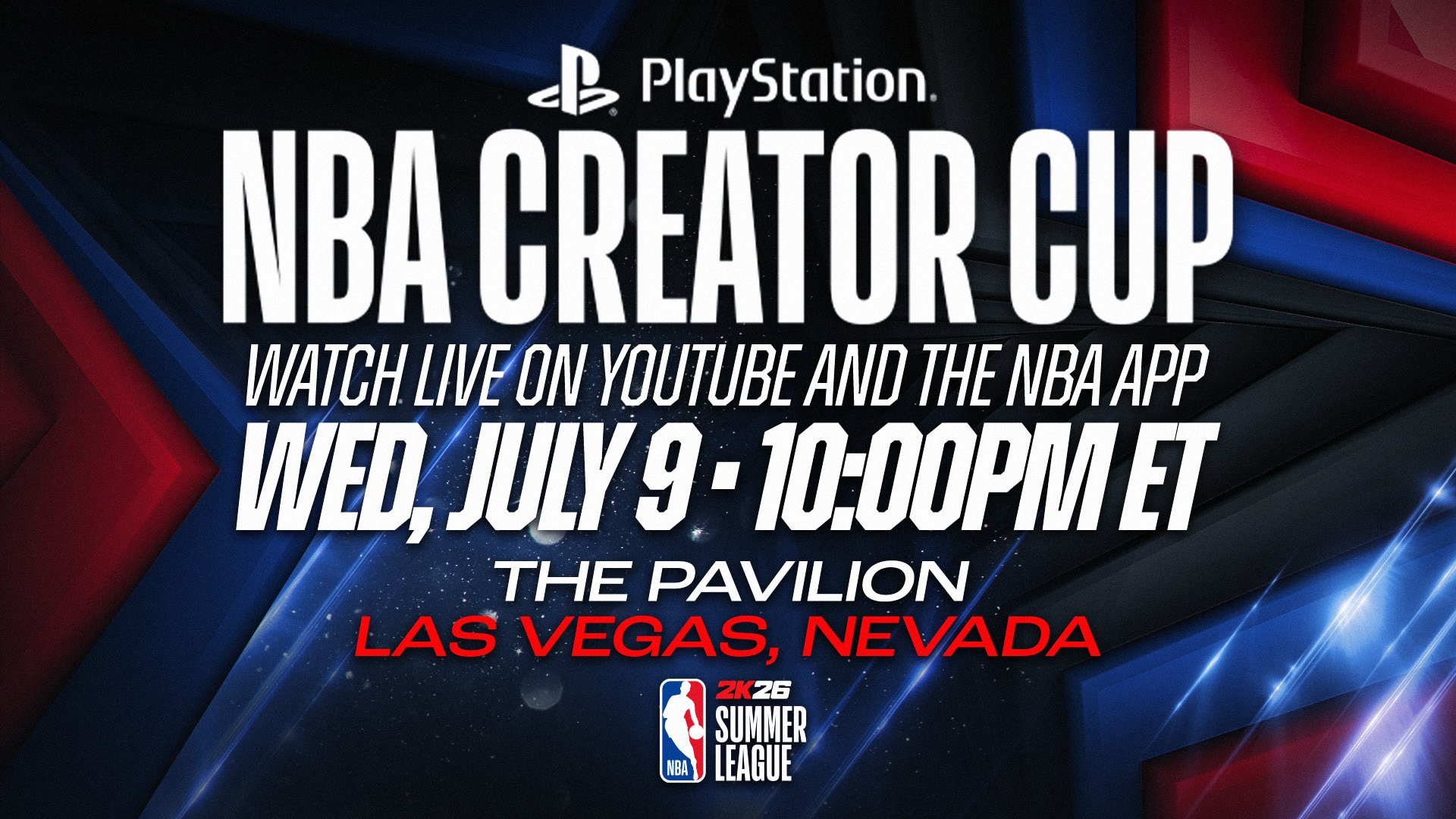The Pacers offense has left opponents in the dust. The Thunder defense has clamped down everyone to test it. Which will thrive?
OKLAHOMA CITY — If the NBA’s championship series can be considered the last test before summer for each of the participating teams — their Finals exam, so to speak — one advantage over the college and high school versions that tormented so many of us is, these guys know the questions in advance.
Now it’s all about how the Oklahoma City Thunder and the Indiana Pacers answer them.
Appropriately, there are seven here, a nod to the series’ maximum possible length. The team that does better, best of seven, will claim the Larry O’Brien Trophy.
1. How will the Pacers slow down Shai Gilgeous-Alexander?
Nobody shut down this season’s Kia Most Valuable Player and scoring champion, so slowing Gilgeous-Alexander’s roll is as much as Indiana should hope for.
The Thunder’s point guard averaged at least 30 points against 22 of the 29 teams and shot better than 50% against 21 of them. He also hung some of his biggest stats in two games against the foes he’ll now face at least four more times: Gilgeous-Alexander averaged 39 points, seven rebounds and eight assists against the Pacers, shot 55.6% overall, and made seven of his 11 3-point attempts and 21 of 23 free throws.
His attacks through the paint might require defensive tactics most commonly deployed against Milwaukee’s Giannis Antetokounmpo. Gilgeous-Alexander doesn’t plow through the lane, finish with a Eurostep and throw down dunks the way the Bucks’ star does, but he does slice to the hoop in search of high-percentage shots and and-1 opportunities.
So what can a defense do? Maybe build a wall of bodies not unlike what “The Greek Freak” sees, to nudge him into the mid-range and beyond.
2. Will Tyrese Haliburton be able to be his best self?
Check out the best of Shai Gilgeous-Alexander and Tyrese Haliburton ahead of Thunder-Pacers NBA Finals clash.
Notice the subtle shift from Question No. 1? That’s the difference between an MVP and a third-team All-NBA finisher. Haliburton is the Pacers’ engine and barometer, but he has been susceptible to off-nights. The most recent example came in Game 5 against New York last week in Madison Square Garden, when the Knicks picked him up earlier in the shot clock and forced more sideways movement to slow the point guard and his teammates.
That dedicated focus by New York should be routine from OKC’s superior, stifling defense. The pass-first Haliburton will need to find his shooters, who will need to hit with high accuracy to draw some of the focus off him. The fewer defenders, a.k.a. pylons, in his way in transition, the better, if Haliburton hopes to dictate the action.
3. Who has the size advantage (and does it matter)?
The Thunder start bigger, with center Isaiah Hartenstein alongside stretch four Chet Holmgren, a true 7-footer. Indiana goes with center Myles Turner, a 6-foot-11 veteran who averaged nearly as many attempts from the arc this season (5.5) as rebounds (6.5). Pascal Siakam, at 6-foot-8, is Indiana’s next biggest starter.
Coach Rick Carlisle has turned to a pair of journeyman bigs in this postseason, Thomas Bryant and Tony Bradley, to cope when opponents such as Cleveland and New York flexed size advantages. But Holmgren and Hartenstein are a well-oiled tandem at this point, more likely to clean up around the rim for OKC with put-backs and alley-oops while controlling the defensive boards.
4. Who are the X-factors for each side?
For Indiana, Andrew Nembhard might be the most pivotal secondary contributor. Haliburton and Siakam need to be a given, while Turner and 3-and-D Aaron Nesmith are known quantities. But Nembhard is a combo guard who has dialed up his defense this season (never better than in the Game 6 clincher against New York’s Jalen Brunson). He figures to be the first matchup option vs. Gilgeous-Alexander, and at his best, he hits enough shots to offset a chunk of the Thunder guard’s scoring output.
Guard Alex Caruso is a walking, talking X factor wherever and whenever he plays. He is the lone Thunder player with championship experience (Lakers in 2020) and brings perpetual motion to his team defensively (as T.J. McConnell does offensively for the Pacers). He offers sneaky offense, too, averaging 13.2 points per 36 minutes this season to go with his 3.0 steals.
5. Is depth overrated at this stage of the season?
The Pacers and Thunder each have four bench players averaging more than 10 minutes during the 2025 NBA playoffs.
Not when both teams in a series can go this deep. Carlisle had nine players averaging more than 10 minutes per game through the first three rounds, the same number as OKC’s Mark Daigneault. That flies against the conventional wisdom and Finals history of seven, maybe eight players getting long minutes.
It’s true that, with no back-to-back games in the playoffs and longer TV commercial breaks, starters and top subs should get more of the playing time. But when reserves bring as much value — “stars in their roles,” the popular phrase is — as the bench guys on both these teams, it would be folly not to use them. Guys such as Aaron Wiggins, Cason Wallace, Obi Toppin and Ben Sheppard scratch particular itches for Daigneault and Carlisle.
Helping to keep starters fresher is nice, but lightening the load is even better. Only injuries would likely shorten the Thunder’s or Pacers’ rotations.
6. Who has the edge: Carlisle or Daigneault?
With Mark Daigneault and Rick Carlisle matched up head-to-head, a tightly contested Finals could turn on coaching.
One’s a grizzled veteran, the other’s a relative newcomer. Carlisle, 65, was an assistant on Larry Bird’s staff when Indiana last reached the Finals in 2000. Daigneault, 40, was still in high school in Leominster, Mass., back then, long before prepping for a coaching career as a four-year student manager at UConn.
There’s a been-there, done-that aspect to Carlisle’s coaching career, with a 993-960 (.536) regular season record that has him 11th all-time in victories, as well as 83-83 in the playoffs. He is one of just seven active coaches to have won a championship, leading Dallas past Miami in 2011. He was named Coach of the Year in his first season as a head coach, in Detroit in 2002, with three more finishes in the Top 5 for that award in his 23 seasons.
Daigneault worked his way through the coaching ranks in college (with Holy Cross and Florida), then on OKC’s bench and coach of the franchise’s NBA G League squad. He was chosen as the NBA’s Coach of the Year in 2023-24, with two other Top 5 finishes in five seasons. At 211-189 (.528), he ranks 93rd among NBA coaches by regular-season winning percentage. But in small sample-size dominance, he is No. 2 all-time in the playoffs at 18-8 (.692).
That has Daigneault ahead of Phil Jackson, Steve Kerr, Pat Riley and Gregg Popovich, for what it’s worth. (For perspective, the top spot on the list belongs to former Cleveland coach David Blatt, who was 14-6 (.700) in his lone Cavs playoff run.)
Who gets the edge? Take your pick: Experience vs. growing up with his core players. Each is embedded physically, mentally and emotionally with his teams. Each knows precisely when to push buttons that the other wouldn’t even know existed if they swapped sides.
7. What’s better: A great offense or a great defense?
That’s the beauty of this Finals clash, a high-concept battle pitting one end of the court against the other. Neither the Pacers nor the Thunder are slouches on defense or offense, respectively, but their brands are based on Indiana playing fast and putting up points vs. Oklahoma City’s hornet’s nest of physical defenders.
If this matchup were plopped down five, six, or seven years ago, well before the NBA allowed the contact and even bruising play we’re seeing now, the Pacers might have the edge. Now it’s a different time. OKC’s aggressiveness and assertiveness — they led the NBA in fouls committed (23.2), with a whole lot more uncalled — might have the greater impact.
* * *
Steve Aschburner has written about the NBA since 1980. You can e-mail him here, find his archive here and follow him on X.
The views on this page do not necessarily reflect the views of the NBA, its clubs or Warner Bros. Discovery.










